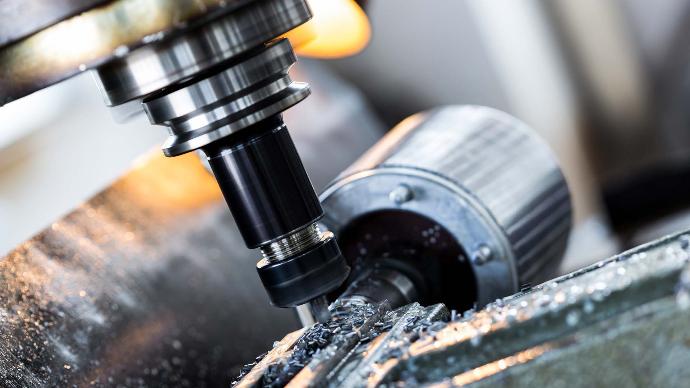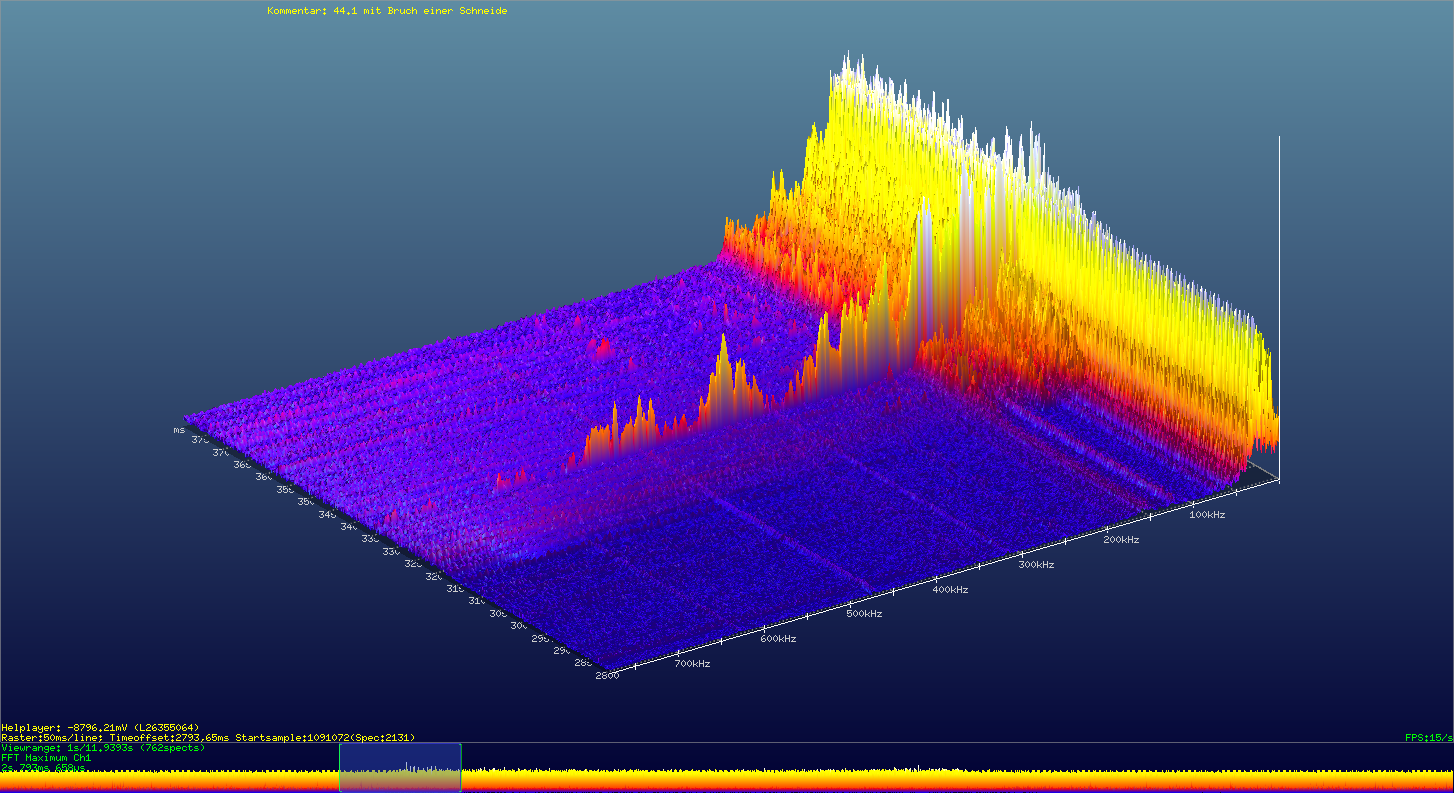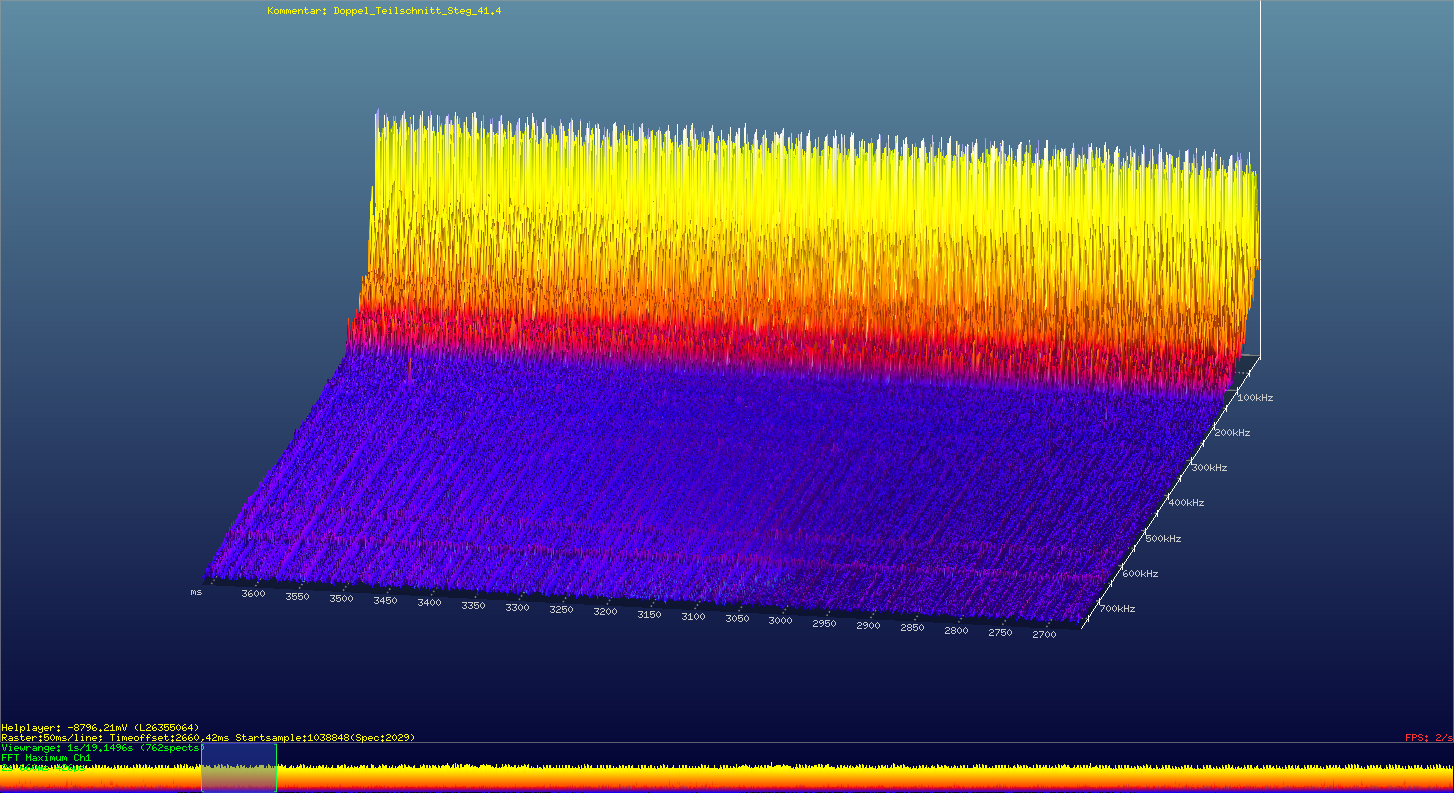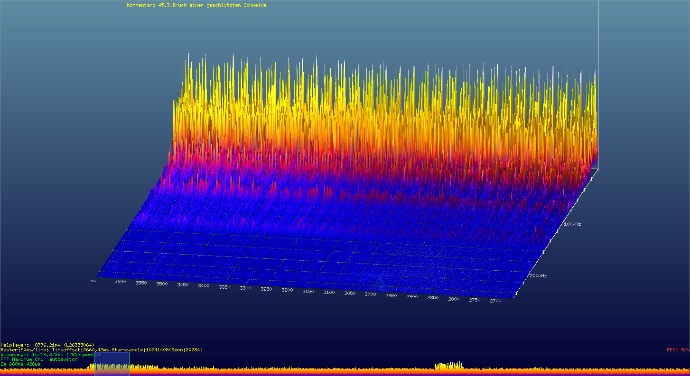Machining
Wear detection, tool monitoring, minimal scrap
Targeted process optimization
With the Optimizer4D, the entire process is visualized and a microsecond differentiation of the machining is performed. With the QASS measurement technology, you gain multi-sensor applications with free expansion of the sensors.
Intelligent and adaptive process control
QASS not only detects wear and damage, but also regulates your individual process. For example, it can enable tool breakage prevention and a determine the actual tool lifespan.
Monitoring the smallest machining operations
Our sensor technology enables accurate detection of damage even in the smallest machining steps. The Optimizer4D detects any anomalies in the process during process monitoring.
In-line process monitoring
With 3 million samples per second, spectral processing using Fourier transformation, and noise suppression with adaptive filters, QASS enables real-time evaluation of process signals.
Detection of fractures and worn cutting edges
A machining process delivers excellent results only as long as the sharpness of the cutting tool is within quality-assuring tolerance limits. If the cutting edge is too worn, the surface of the workpiece becomes unusable in the worst case.
Optimizer4D from QASS analyzes pulse-like acoustic signals that are generated during cutting. The sharper a cutting tool, the more regular the emissions. As sharpness decreases, the high-frequency pulses become more irregular as the tool cuts less and tears more.
Once taught to pre-determined tolerance limits, the Optimizer4D can automatically trigger a change signal in real time and in-process as soon as a cutting edge reaches the wear limit. This means maintenance at the right time instead of in regular, fixed cycles.
The Optimizer4D detects the condition of a cutting edge by means of integrated pattern recognition. In doing so, the system reacts to deviations in the cutting emissions. Characteristic patterns in the Optimizer4D signal image announce cutter breakage in advance. The machining machine can react to these signals immediately, so that a breakage can be prevented preventively and without causing further scrap due to a damaged milling head.
more about optimizer4D more about crack detection

 Illustration of the high-frequency impulse measurement (HFIM) of a crack signal during the machining process.
Illustration of the high-frequency impulse measurement (HFIM) of a crack signal during the machining process.
Wear detection
Monitoring of cutting sharpness: Optimizer4D measures pulse-like acoustic signals generated by machining during the cutting process. The duller a cutting tool is, the rougher and more irregular the signals in the HFIM image (high-frequency impulse measurement) become. The left figure shows the signals of an intact cutting tool, the right figure those of a worn one.
 Signal of an intact cutting edge of a cutting tool
Signal of an intact cutting edge of a cutting tool

Signal of a worn cutting edge of a cutting tool
Arrange a consultation appointment now!
Ask our experts about the possibilities for your industrial processes without obligation.